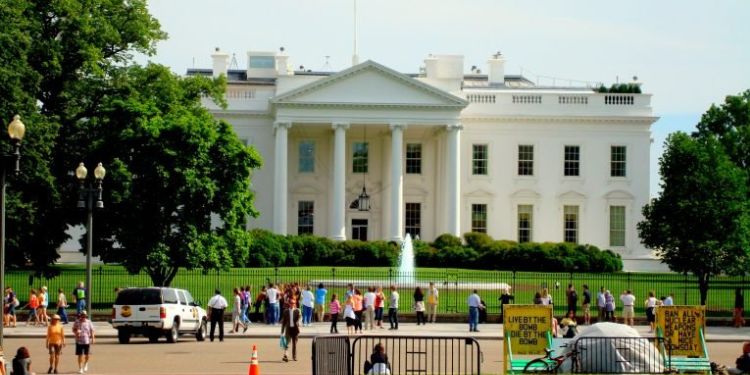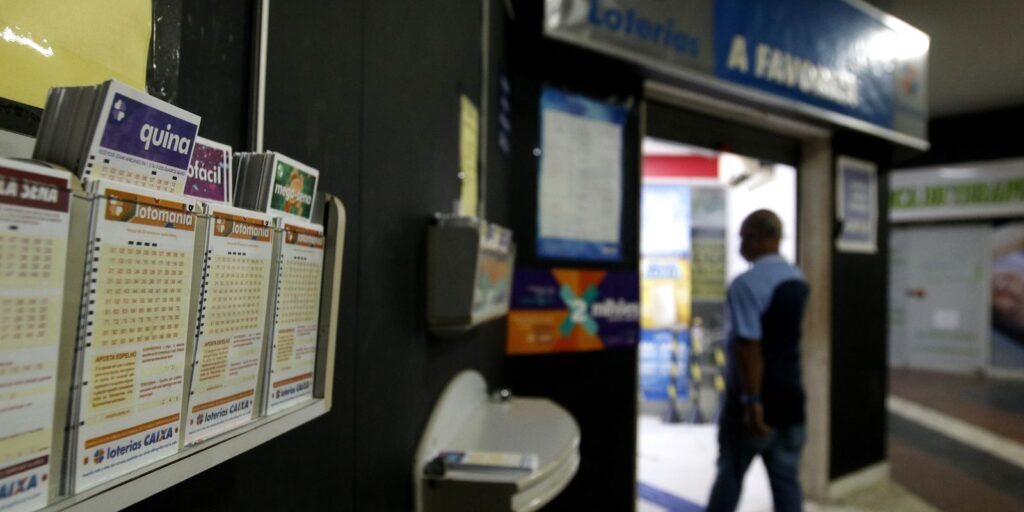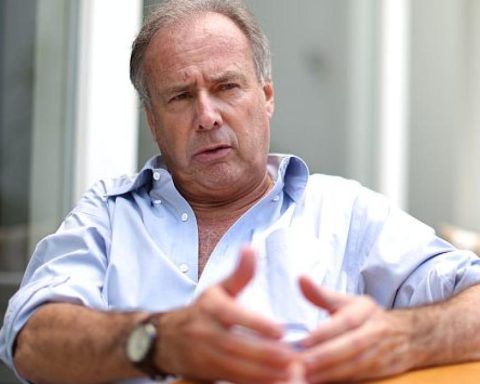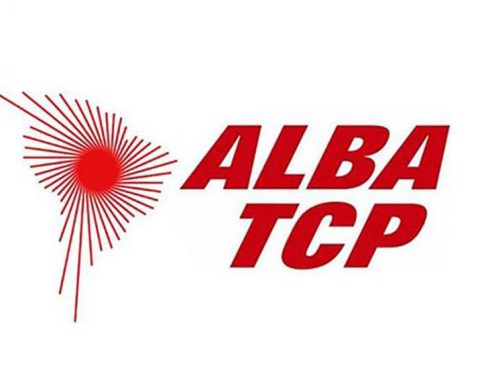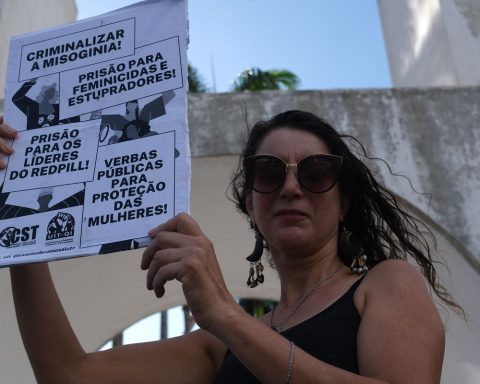Along with the sustained increase in the usury rate of almost 300 basic points (bps) or three percentage points as of October 2021, when it marked its lowest level in 11 years, credits in almost all forms of the financial system have also been marking increases.
(Tips for not overflowing your debt capacity).
These increases have been taking place in line with the increase in the guideline rate of the Banco de la República, which has gone from 1.75% to 5%, that is, an increase of 3.25 percentage points or 325 bps. The Issuer’s rate increases have been transmitted relatively quickly to the loans.
“Since November we have had six months of increases in the credits that Colombians take. That increase of 300 bps so quickly is a bit surprising, although it was already being discounted in the deposit market with CDTs, which have better rates every time,” says Edgar Jiménez, from the Financial Laboratory of the Jorge Tadeo Lozano University. .
(Colombia’s total external debt represents 50% of GDP).
According to other economic and financial analysts, the interest rates faced by consumers in the financial system have been rising more or less at the same rate as the Issuer’s.
However, analysts agree that the transmission of rates from the Issuer to credit has been faster than normal.
ONLY ONE GOT DOWN
According to an analysis by the Financial Laboratory, since October 2021 ordinary credit has risen on average 5.10 percentage points in credit establishments. According to the Superfinanciera, ordinary credit is commercial obligations that cannot be classified as treasury or as preferential or corporate.
In preferential or corporate credit, the increase since last October is 2.86 percentage points and in consumer loans the average rate has risen 2.47 percentage points.
For its part, the average increase in rates on credit cards reaches 2.16 percentage points since the tenth month of 2021, in non-VIS housing in pesos the increase is 1.21 percentage points, in social interest housing in In pesos, the average increase has been 0.81 percentage points, in social interest housing in UVR of 0.47 percentage points, in microcredits of 0.42 percentage points on average, in low amount consumption of 0.18 percentage points.
For its part, the only credit that fell was non-VIS housing in UVR, with a slight decrease of 4 bps.
For Jiménez, in general terms, what is observed is that the average interest rates in the financial system began to increase a few months before October 2021, when the Banco de la República began to raise the cost of money.
Thus, the market could have anticipated these decisions as a result of inflation that was beginning to rise steadily, he indicates. In this sense, it has to consumer credit had its lowest average rate, According to figures from the Financial Superintendence, in April 2021 it was 13.37%, with 14.31% being the rate for October, that is, almost 100 basic points above, before the increases by the central bank. In a similar way, it happened with corporate credit when it went from 4.34% to 5.27% in April 2021 and with housing credit, although to a lesser extent.
Camilo Pérez, manager of Economic Research at Banco de Bogotá warns that in any case, we must take into account that the interest rates we observe will continue to rise because the Banco de la República will continue to increase intervention rates in the market.
BRIEFCASE












